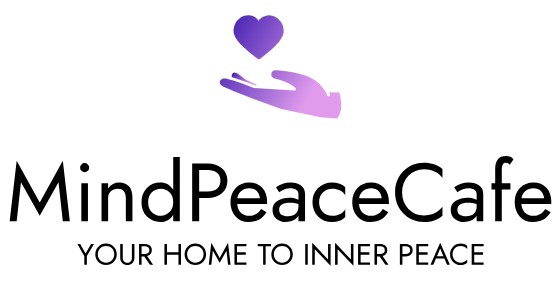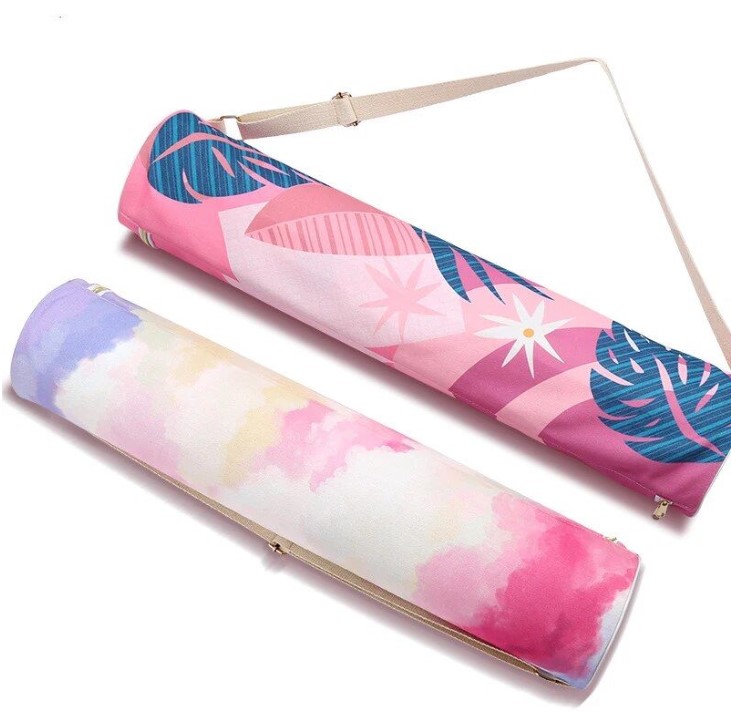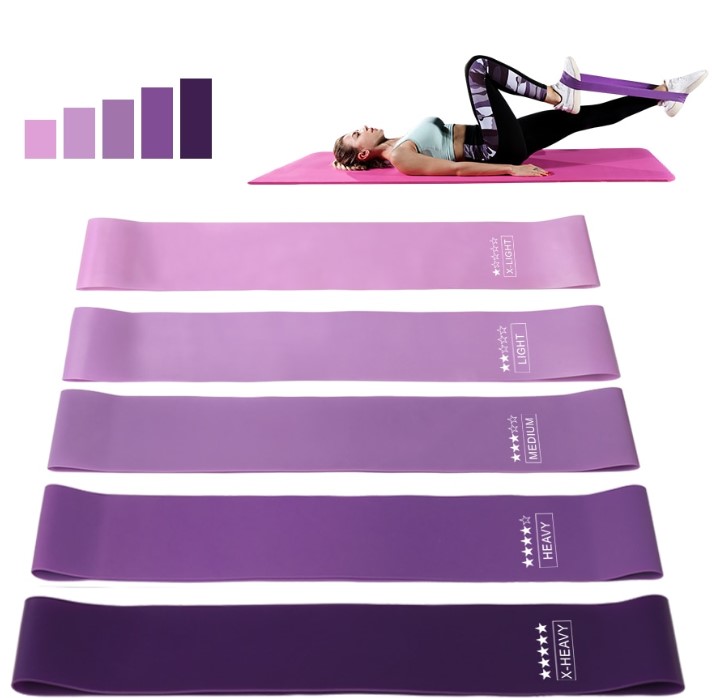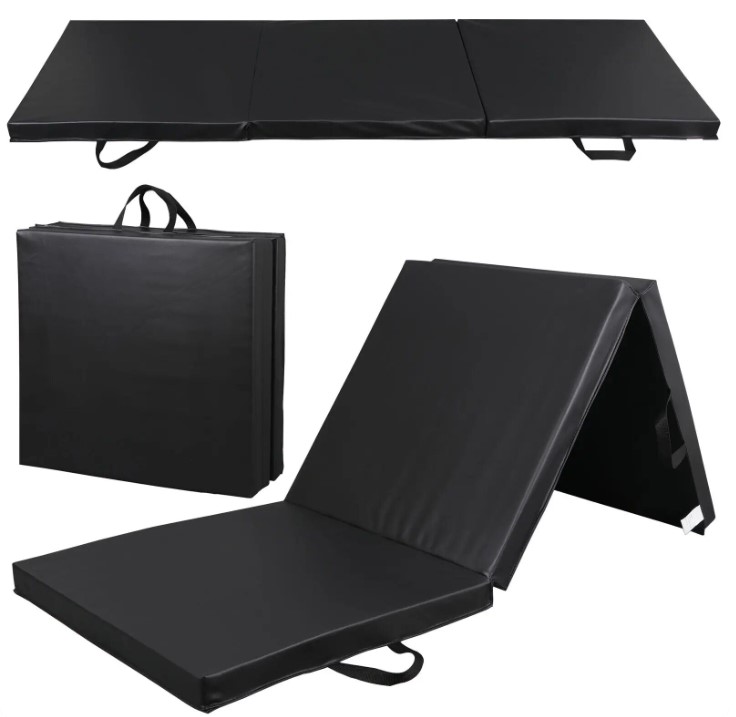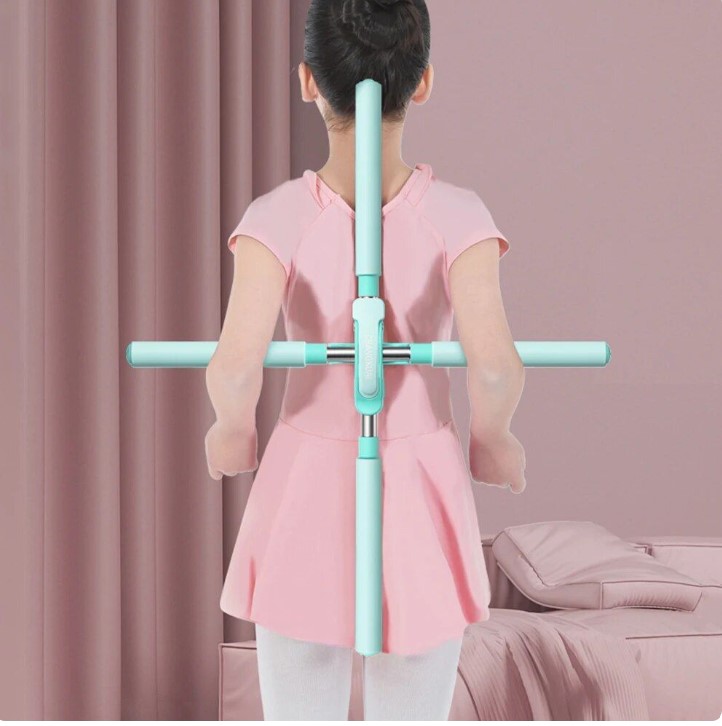Elevating Your Meditation Practice with Comfort and Support

Meditation is a journey of self-discovery, and like any journey, it requires a comfortable and supportive environment to facilitate growth and progress. A conducive meditation setup can make all the difference in enhancing our mindfulness experience. However, physical discomfort can quickly become a significant obstacle, undermining our ability to focus and connect with our inner selves. This is where the humble zafu cushion comes in – a traditional Japanese meditation staple that has been adapted to meet the needs of modern meditation practitioners.
In this article, we’ll delve into the importance of comfort in meditation, exploring how a zafu cushion can support our physical and mental well-being. We’ll also examine the evolution of the zafu cushion, from its traditional roots to its modern adaptations, and discuss the benefits of using one in our meditation practice. By understanding the role of a zafu cushion in promoting comfort, focus, and overall well-being, we can unlock the full potential of our meditation practice and cultivate a deeper sense of inner peace.
Whether you’re a seasoned meditation practitioner or just starting out, this article will provide you with a comprehensive guide to incorporating a zafu cushion into your meditation practice. From choosing the right cushion to tips for effective use, we’ll cover it all. So, sit comfortably, and let’s embark on this journey of comfort and contemplation together.
1. The Importance of Comfort in Meditation
Meditation is a practice that requires a deep sense of relaxation and focus. However, physical discomfort can quickly become a significant obstacle, undermining our ability to cultivate mindfulness and inner peace. A comfortable meditation setup is essential to creating an environment that supports our mental and emotional well-being. When we are physically comfortable, we are more likely to relax and settle into our meditation practice, allowing us to access a deeper state of consciousness.
Research has shown that physical discomfort can significantly impact our mental state. When we are uncomfortable, our brain’s attention is diverted to the discomfort, making it challenging to focus on the meditation practice. Furthermore, physical discomfort can lead to feelings of anxiety, frustration, and irritability, which can negate the benefits of meditation. On the other hand, a comfortable meditation setup can help to reduce stress, promote relaxation, and enhance our overall mindfulness experience.
A comfortable meditation setup is not just about physical comfort; it’s also about creating an environment that supports our mental and emotional well-being. By incorporating elements such as a comfortable seating option, a calm and peaceful atmosphere, and minimal distractions, we can create an environment that fosters a deeper sense of connection and inner peace. By prioritizing comfort in our meditation practice, we can unlock the full potential of meditation and cultivate a more profound sense of mindfulness and well-being.
The Role of Posture in Meditation
Posture plays a crucial role in meditation, as it can significantly impact our physical and mental comfort. When we adopt a proper posture, we are able to relax and settle into our meditation practice, allowing us to access a deeper state of consciousness. Proper posture can help to promote a sense of calm and relaxation, reduce distractions, and improve our focus and concentration. In contrast, poor posture can lead to physical discomfort, mental fatigue, and a decreased ability to focus.
In meditation, proper posture is characterized by a straight back, relaxed shoulders, and an open chest. This allows for optimal breathing and circulation, which are essential for maintaining a sense of calm and relaxation. However, maintaining proper posture can be challenging, especially for those who are new to meditation or have underlying physical conditions. This is where zafu cushions can help. By providing support for the back and legs, zafu cushions can help to promote proper posture, reducing discomfort and improving our overall meditation experience.
By using a zafu cushion, we can create a more stable and comfortable seating arrangement, allowing us to focus on our meditation practice rather than our physical discomfort. This can be particularly beneficial for those who experience back or joint pain, as it can help to reduce strain and promote relaxation. By incorporating a zafu cushion into our meditation practice, we can cultivate a more mindful and comfortable meditation experience, leading to improved overall well-being.
The Consequences of Discomfort
Physical discomfort can have a profound impact on our mental state and meditation practice. When we are uncomfortable, our brain’s attention is diverted to the discomfort, making it challenging to focus on our meditation practice. This can lead to feelings of frustration, anxiety, and irritability, which can negate the benefits of meditation. Furthermore, physical discomfort can also affect our mood, making us more prone to feelings of sadness, depression, and lethargy.
Research has shown that physical discomfort can also affect our cognitive functioning, including our ability to focus, concentrate, and process information. When we are uncomfortable, our brain’s ability to process information is impaired, making it challenging to access a deeper state of consciousness. This can lead to a decrease in our overall mental clarity and well-being. In addition, physical discomfort can also affect our emotional regulation, making us more prone to emotional reactivity and less able to cope with stress.
In meditation, physical discomfort can be a significant obstacle, making it challenging to cultivate a sense of mindfulness and inner peace. By ignoring physical discomfort, we can inadvertently create a negative feedback loop, where physical discomfort leads to mental discomfort, and vice versa. By addressing physical discomfort, we can create a more conducive environment for meditation, leading to improved mental clarity, emotional regulation, and overall well-being. By prioritizing comfort in our meditation practice, we can unlock the full potential of meditation and cultivate a more profound sense of inner peace.
2. What is a Zafu Cushion?
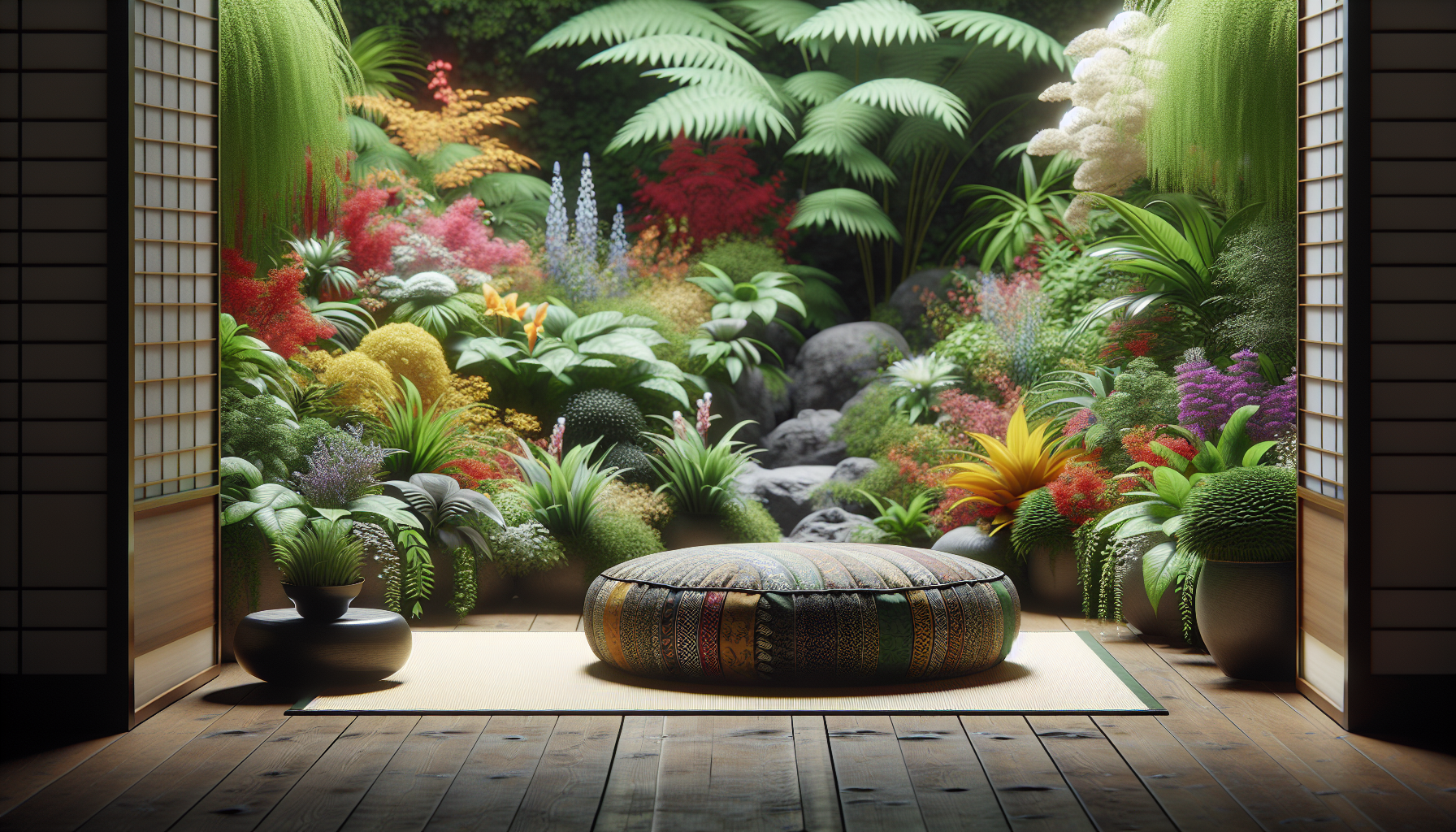
A zafu cushion is a traditional Japanese meditation cushion that has been used for centuries to support and comfort the body during meditation. The word
Origins of the Zafu Cushion
The origins of the zafu cushion can be traced back to ancient Japan, where it was used in traditional Zen Buddhist meditation practices. The zafu cushion was an essential component of the traditional Japanese meditation setup, providing support and comfort for the meditator’s body. The cushion was typically made of cotton or silk, and filled with buckwheat hulls or kapok, which provided a firm and supportive surface for the meditator to sit on.
In traditional Japanese meditation practices, the zafu cushion was used in conjunction with other meditation tools, such as the zabuton mat and the seiza bench. The zafu cushion was placed on top of the zabuton mat, and the meditator would sit on it in a cross-legged position, with their back straight and their hands placed on their knees. The seiza bench was used to support the back and legs, providing additional comfort and stability. The combination of these meditation tools created a comfortable and supportive environment for the meditator, allowing them to focus on their practice.
The use of the zafu cushion in traditional Japanese meditation practices dates back to the 12th century, when Zen Buddhism was introduced to Japan from China. The zafu cushion was an adaptation of the Chinese meditation cushion, and was modified to suit the needs of Japanese meditators. Over time, the zafu cushion has undergone many changes, with modern adaptations featuring new materials and designs. However, the traditional zafu cushion remains a popular choice for many meditation practitioners, who value its simplicity, comfort, and historical significance.
Evolution of the Zafu Cushion
The zafu cushion has undergone a significant evolution over the centuries, adapting to meet the needs of contemporary meditation practitioners. Modern zafu cushions have deviated from the traditional design, incorporating new materials, shapes, and features to provide optimal comfort and support. One of the most significant changes is the introduction of new filling materials, such as foam, polyester fiber, and even inflatable air chambers. These materials provide better support and cushioning, making the zafu cushion more comfortable and ergonomic.
Another significant adaptation is the introduction of adjustable straps and carrying handles, making the zafu cushion more portable and convenient. Modern zafu cushions also come in a variety of shapes and sizes, catering to different body types and meditation styles. Some zafu cushions feature built-in back support, lumbar support, or even heating and cooling functions, providing additional comfort and relaxation. The evolution of the zafu cushion has also led to the development of specialized cushions for specific needs, such as pregnancy, back pain, or sciatica.
The modernization of the zafu cushion has made it more accessible and appealing to a wider range of people. Contemporary meditation practitioners can choose from a variety of zafu cushions that cater to their specific needs and preferences, ensuring a comfortable and supportive meditation practice. The evolution of the zafu cushion has also led to the development of new meditation practices, such as mindfulness and yoga, which have further popularized the use of zafu cushions. As meditation practices continue to evolve, it is likely that the zafu cushion will continue to adapt, providing optimal comfort and support for meditators.
3. Benefits of Using a Zafu Cushion
Using a zafu cushion can have a profound impact on your meditation experience and overall well-being. One of the primary benefits of using a zafu cushion is that it provides optimal support and comfort for your body, allowing you to focus on your meditation practice without distraction. By alleviating physical discomfort and promoting relaxation, the zafu cushion can help you to access a deeper state of consciousness and achieve a more meaningful meditation experience.
In addition to improving your meditation practice, the zafu cushion can also have a positive impact on your overall well-being. By providing support and comfort for your body, the zafu cushion can help to reduce stress and anxiety, improve your posture, and even alleviate back and joint pain. Furthermore, the zafu cushion can help to promote a sense of calm and relaxation, which can have a positive impact on your mental health and overall well-being.
The benefits of using a zafu cushion are not limited to physical comfort and relaxation. The cushion can also help to promote a sense of mindfulness and awareness, encouraging you to focus on your breath and your body. By using a zafu cushion, you can cultivate a greater sense of-awareness and connection to your body, leading to a more profound and meaningful meditation experience.
Improved Posture and Alignment
Maintaining proper posture and alignment is essential for a comfortable and effective meditation practice. When we sit for extended periods, our spine can become misaligned, leading to discomfort, pain, and even long-term injury. A zafu cushion can help to support proper spinal alignment by providing a firm and supportive surface for our body. By elevating our hips and knees, the zafu cushion can help to maintain the natural curvature of the spine, reducing strain and discomfort.
In addition to supporting proper spinal alignment, the zafu cushion can also help to reduce discomfort during meditation. By providing a soft and cushioned surface, the zafu cushion can help to alleviate pressure on our joints and bones, reducing the risk of pain and discomfort. This is particularly important for individuals who are new to meditation or who have underlying physical conditions, such as back pain or arthritis. By using a zafu cushion, individuals can reduce their risk of discomfort and injury, allowing them to focus on their meditation practice.
The benefits of using a zafu cushion for improved posture and alignment are numerous. By reducing discomfort and promoting proper spinal alignment, the zafu cushion can help to improve our overall meditation experience. We can sit for longer periods, focus on our breath, and cultivate a deeper sense of mindfulness and awareness. By investing in a zafu cushion, individuals can take their meditation practice to the next level, achieving greater comfort, relaxation, and overall well-being.
Increased Focus and Concentration
Comfort plays a crucial role in maintaining focus and concentration during meditation sessions. When we are physically comfortable, we are able to focus our attention inward, without distractions from our body. A zafu cushion can help to provide this comfort, allowing us to settle into our meditation practice and focus on our breath, mantra, or visualization. By reducing physical discomfort and promoting relaxation, the zafu cushion can help to quiet the mind and promote a deeper state of consciousness.
In addition to reducing physical discomfort, the zafu cushion can also help to promote mental clarity and focus. By providing a sense of stability and support, the zafu cushion can help to calm the mind and reduce mental chatter. This can be particularly beneficial for individuals who are new to meditation or who struggle with maintaining focus and concentration. By using a zafu cushion, individuals can cultivate a greater sense of mental clarity and focus, leading to a more effective and meaningful meditation practice.
The benefits of using a zafu cushion for increased focus and concentration are numerous. By promoting physical comfort and mental clarity, the zafu cushion can help to improve our overall meditation experience. We can sit for longer periods, focus on our breath, and cultivate a deeper sense of mindfulness and awareness. By investing in a zafu cushion, individuals can take their meditation practice to the next level, achieving greater focus, concentration, and overall well-being.
4. Choosing the Right Zafu Cushion for You
Choosing the right zafu cushion for your meditation practice is an important decision. With so many options available, it can be overwhelming to determine which cushion is best for you. However, by considering a few key factors, you can make an informed decision and find a zafu cushion that meets your needs. First, consider the material and filling of the cushion. Do you prefer a firm or soft cushion? Are you looking for a eco-friendly option? Consider the size and shape of the cushion as well. Do you need a larger cushion to support your body or a smaller cushion for travel?
Another important factor to consider is the level of support and comfort you need. Do you have back or joint pain that requires additional support? Are you looking for a cushion that will help you maintain good posture? Consider the height and thickness of the cushion, as well as any additional features such as lumbar support or a built-in strap. Finally, consider your personal preferences and meditation style. Do you prefer a traditional zafu cushion or a more modern design? Are you looking for a cushion that is easy to clean and maintain?
By considering these factors, you can find a zafu cushion that meets your needs and enhances your meditation practice. Remember to read reviews and try out different options before making a final decision. With the right zafu cushion, you can improve your comfort, focus, and overall well-being during meditation.
Materials and Fillings
When it comes to choosing a zafu cushion, one of the most important considerations is the material and filling. Different materials and fillings can affect the comfort, support, and durability of the cushion. For example, buckwheat cushions are known for their support and ability to conform to the body, while foam cushions are often softer and more cushioning. Kapok cushions are a popular choice for those who prefer a more natural, eco-friendly option. However, they can be more prone to flattening over time.
One of the main pros of buckwheat cushions is their ability to provide support and maintain their shape. They are also breathable and can help to regulate body temperature. However, some people may find them too firm or heavy. Foam cushions, on the other hand, are often softer and more comfortable, but they can lose their shape over time. Kapok cushions are a good choice for those who want a natural, eco-friendly option, but they may require more fluffing and maintenance.
When evaluating the pros and cons of different materials and fillings, it’s important to consider your personal preferences and needs. If you’re looking for a cushion that will provide support and maintain its shape, buckwheat may be a good choice. If you prefer a softer, more cushioning cushion, foam may be the way to go. And if you’re interested in a natural, eco-friendly option, kapok could be the best fit. By considering the pros and cons of each material and filling, you can make an informed decision and find a zafu cushion that meets your needs.
Size and Shape Considerations
When it comes to selecting a zafu cushion, size and shape are important considerations. A cushion that is too small or too large can be uncomfortable and affect your meditation practice. To select a zafu cushion that suits your body type and meditation style, consider the following factors. First, think about your body size and shape. If you are taller or heavier, you may need a larger cushion to provide adequate support. If you are shorter or petite, a smaller cushion may be more suitable.
Next, consider your meditation style. Do you prefer to sit in a upright position or do you like to recline? Do you meditate with your legs crossed or extended? Different meditation styles require different levels of support and cushioning. For example, if you meditate with your legs crossed, you may need a cushion with a larger surface area to support your legs. If you prefer to recline, you may need a cushion with more lumbar support.
Finally, think about your personal comfort preferences. Do you like a firm or soft cushion? Do you prefer a cushion with a lot of give or one that provides more support? By considering these factors, you can select a zafu cushion that is tailored to your needs and preferences. Remember, a good zafu cushion can make a big difference in your meditation practice, so take the time to find one that works for you.
5. Tips for Effective Use of a Zafu Cushion
When it comes to incorporating a zafu cushion into your meditation practice, there are a few tips to keep in mind. First, experiment with different positions and heights to find what works best for you. You may need to adjust the cushion to support your back or legs, depending on your meditation style. Additionally, consider using a zafu cushion in conjunction with other meditation accessories, such as a meditation mat or a blanket, to create a comfortable and supportive environment.
Another important tip is to focus on your posture and alignment. A zafu cushion can help to promote good posture and reduce strain on your back and joints, but it’s still important to be mindful of your body positioning. Take a few deep breaths and settle into your meditation practice, feeling the support of the cushion and the relaxation of your body. Finally, don’t be afraid to adjust the cushion as needed. If you find that you’re not comfortable or that the cushion is not providing the support you need, make adjustments and try again.
By following these tips, you can get the most out of your zafu cushion and enhance your meditation practice. Remember, the key to a successful meditation practice is comfort and relaxation, and a zafu cushion can be a valuable tool in achieving that. With a little experimentation and practice, you can find a comfortable and supportive position that allows you to focus on your meditation and achieve a deeper state of relaxation and awareness.
Experimenting with Different Positions
Experimenting with different positions is a crucial part of finding the optimal way to use a zafu cushion for your meditation practice. Every body is unique, and what works for one person may not work for another. By trying out different positions, you can find the one that provides the most comfort and support for your body. Start by sitting on the cushion with your legs crossed, and then try adjusting the height and angle of the cushion to see what feels most comfortable.
Next, try sitting on the cushion with your legs extended, or with one leg tucked under the other. You may find that one of these positions allows you to relax more deeply and focus on your meditation. Don’t be afraid to experiment and try out different positions, even if they feel a little uncomfortable at first. Remember, the goal is to find a position that allows you to relax and focus on your meditation, not to force your body into a specific position.
As you experiment with different positions, pay attention to how your body feels. Do you feel supported and comfortable, or do you feel strain or discomfort? Make adjustments to the cushion and your position as needed, and remember to take breaks and stretch if you need to. With a little patience and practice, you can find the optimal position for your body and meditation style, and get the most out of your zafu cushion.
Combining with Other Meditation Tools
Using a zafu cushion in conjunction with other meditation accessories can enhance the benefits of your meditation practice. By combining different tools, you can create a more comfortable and supportive environment that allows you to focus on your meditation. For example, you can use a meditation mat or a blanket to provide extra cushioning and comfort, or a meditation stool to support your back and legs. You can also use a meditation timer or a guided meditation app to help you stay focused and on track.
Another option is to use aromatherapy or calming music to create a more peaceful and relaxing atmosphere. You can use essential oils or scented candles to promote relaxation and reduce stress, or listen to calming music or nature sounds to create a more peaceful environment. By combining these different tools and accessories, you can create a meditation practice that is tailored to your individual needs and preferences.
By using a zafu cushion in conjunction with other meditation accessories, you can create a more holistic and effective meditation practice. You can experiment with different combinations of tools and accessories to find what works best for you, and make adjustments as needed. Remember, the goal of meditation is to cultivate relaxation, focus, and awareness, and using a zafu cushion and other meditation accessories can help you achieve that goal.
What is the best way to clean my zafu cushion?
You can clean your zafu cushion by spot cleaning it with a damp cloth or by washing it in cold water with a mild detergent. Allow it to air dry completely before using it again.
How often should I replace my zafu cushion?
You should replace your zafu cushion every 6-12 months, or sooner if it shows signs of wear and tear, such as flattening or loss of support.
Can I use a zafu cushion for other activities besides meditation?
Yes, you can use a zafu cushion for other activities that require sitting, such as reading, writing, or watching TV. It can provide comfortable support and help improve your posture.
What if I’m not comfortable with the traditional cross-legged position on a zafu cushion?
You can experiment with different sitting positions on your zafu cushion, such as sitting with your legs straight out or with one leg tucked under the other. You can also try using a meditation stool or chair for additional support.
Can I use a zafu cushion if I have back or joint pain?
Yes, a zafu cushion can be helpful for people with back or joint pain. It can provide support and comfort, and help alleviate pain and discomfort. However, it’s always a good idea to consult with a healthcare professional before starting a meditation practice, especially if you have any underlying health conditions.
